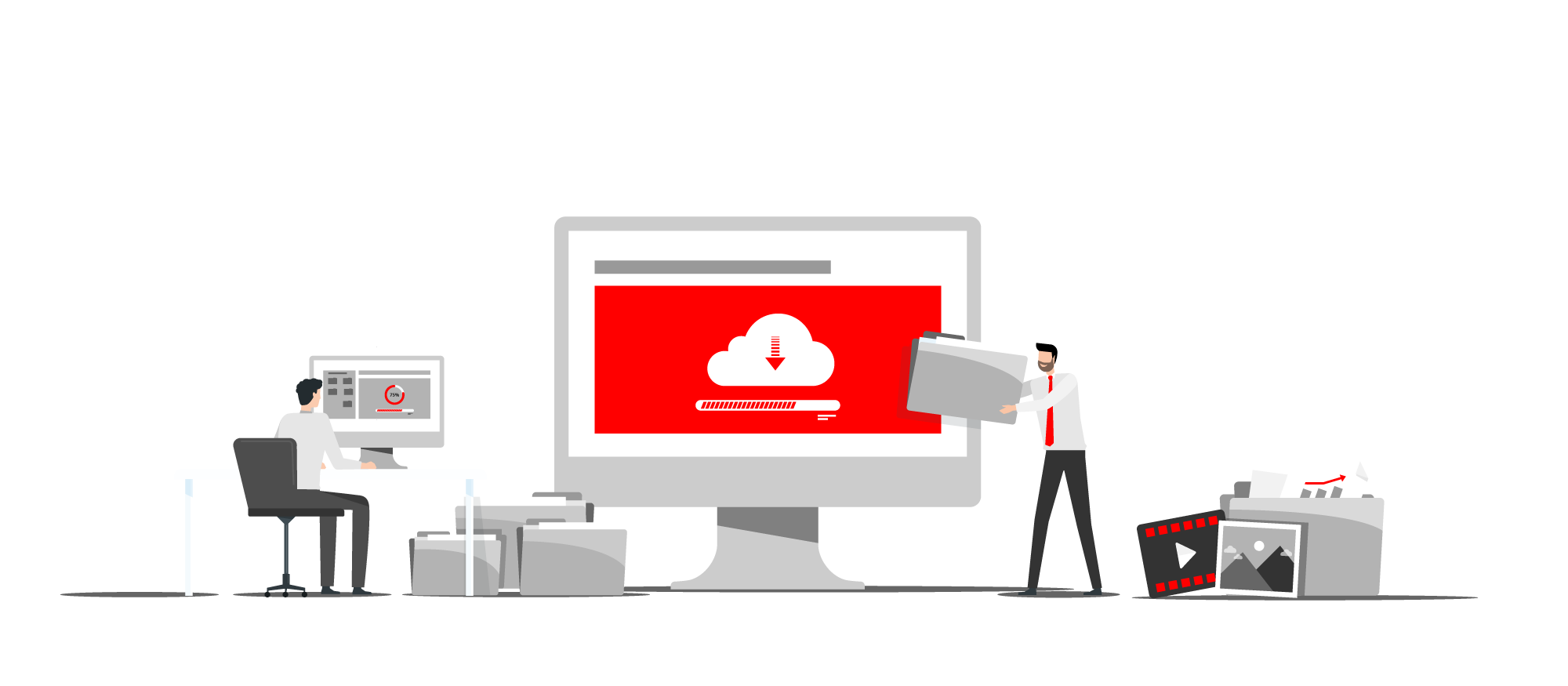Correct waste separation
Separation tips
Waste separation makes sense ...
... because packaging made from a wide variety of materials are valuable materials that are recycled and thus reduce the consumption of raw materials in the manufacture of new products. Waste separation is therefore direct environmental protection - it's as simple as that. You also save money, because you have already paid for the disposal of packaging when you purchased the products through licensing with the dual systems.
If you throw this packaging into the residual waste bin, you pay twice. Since 2009, the labelling requirement for licensing with a dual system has been waived. Packaging therefore also belongs in the recycling bins if it does not bear a Green Dot!
- Plastic
Plastic bottles of washing-up liquids, detergents and personal care products, carrier bags, pouches, foils, cups of margarine, yoghurt, etc., packaging for fruit/vegetables, foamed packaging - Metal
Cans, crown caps, screw caps, aluminium lids/trays - Composite material
Juice and milk bags (Tetra Paks),
Vacuum packs
- Hollow plastic bodies are processed into new plastic products
- Mixed plastics are used e.g. as reducing agents in steel production
- Tinplate cans are melted down and processed into new cans or sheets
- Aluminium is melted down and processed into new aluminium
- Composite material (so-called Tetra Paks) made of cardboard, plastic and aluminum is separated. Cardboard is reprocessed into cardboard in the paper industry. Plastic and aluminum are used in the cement industry.
Glass packaging is separated according to the colors white, green and brown.
The following do not belong in the glass container: Mirror or window glass, light bulbs, ceramics or even fireproof glass (e.g., preserving jars).
Tip: Blue glass belongs in the green glass container.
- Glass can be recycled as often as desired. Used glass is melted down at 1,500 degrees and processed into new bottles and jars. The prerequisite, however, is careful separation by colour.
- Shoe box, bread roll bag
- Carton packaging for cornflakes, coffee, toothpaste
- etc.
But other products made of paper and cardboard are also recyclable materials:
- Newspapers, magazines, illustrated magazines, catalogues, brochures
- Exercise books, envelopes, wrapping paper, wrapping paper
- Books without film cover
Note: Do not include in the waste paper bins:
- Photos and other coated papers
- Wax and parchment papers
- Wallpapers
- Paper handkerchiefs / paper tablecloths, sanitary papers
- Soiled papers such as pizza boxes or paper cups.
- Waste paper is the most commonly used raw material for paper production and, like glass, is an example of a self-contained recyclable material and product cycle. After sorting, the bale-pressed waste paper goes to the paper mill where it is reprocessed and made into new products.

From the invention of the wheelie bin to automated HD cleaning. How we became the company we are today.